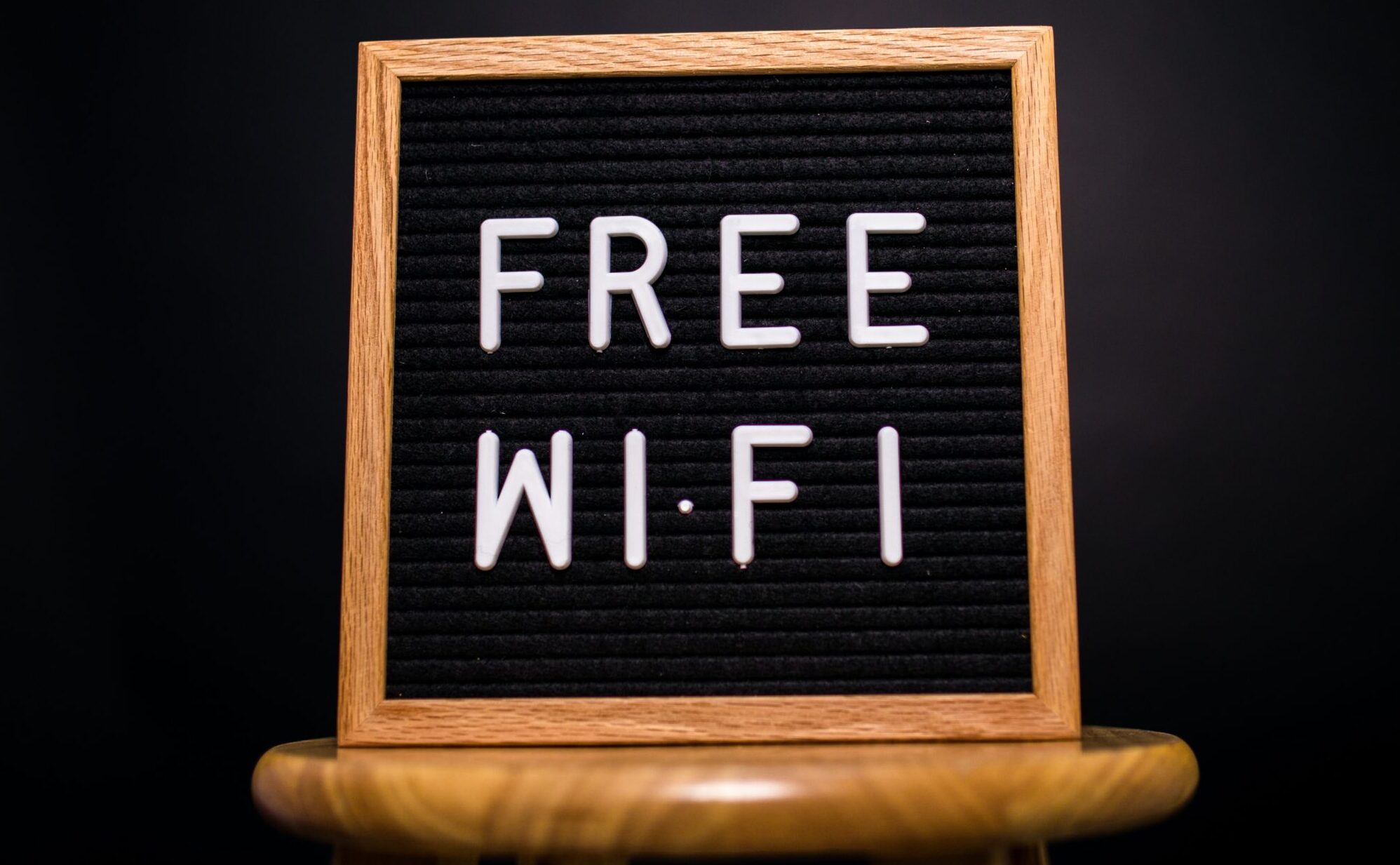The cost of getting online might be rather high. A household internet connection in the United States typically costs around $60 – $100 per month on average to maintain. Don’t feel like shelling out all of that cash? There is no need to be concerned; you can still access the internet even if you do not have a traditional internet service provider (ISP).
There are still various ways to connect to the Internet, even if you don’t have a broadband connection, such as using cellular data or public Wi-Fi networks. So, if you don’t have an Internet Service Provider, here are some alternatives to getting Wi-Fi.
How to Get Wi-Fi Without an Internet Service Provider?

1) Connect a Tethering Cord to your Mobile Device
When you use a laptop and need the internet only occasionally but do not require mobile data regularly, tethering your smartphone to your computer may be the most convenient and speedy way to connect to the internet. Given the circumstances, it is possible that the most practical course of action would be to connect your smartphone to your laptop.
Tethering your tablet or smartphone comes with three main disadvantages.
- You have to totally rely on the strength of the signal that the mobile phone operator offers. That should work fine if you’re in the midst of a town, but your odds of success are lower if you’re in the middle of nowhere.
- It’s possible that your provider does not enable tethering and mobile hotspots. For certain networks, the more expensive plan tiers are the only ones that get this functionality.
- Generally speaking, laptops utilize a lot more data than smartphones, so you may be surprised when your next month’s phone bill arrives in the mail.
To enable tethering on an Android phone, open the Settings menu, choose Network & Internet Hotspot, and then choose Tethering Wi-Fi Hotspot. Last but not least, turn the toggle switch that is next to Hotspot to the “On” position.
Users can enable or disable their personal hotspot by heading to Settings and then to Personal Hotspot on iOS. To maintain the security and privacy of your personal hotspot, you should set up a new username and password on both Android and iOS.
2) Wi-Fi USB Dongle
Wi-Fi USB dongles, sometimes known as “internet sticks,” are a more affordable and easily available alternative to mobile hotspots and temporary Wi-Fi connections than traditional mobile hotspots. You can use the mobile hotspot’s data connection by inserting a regular SIM card rather than signing up for a long-term and expensive mobile hotspot plan.
People who need a web connection while traveling may find that internet sticks for laptops, which are lighter and more compact than mobile hotspots, are a preferable option. On the other hand, you shouldn’t anticipate the signal strength, range, or Wi-Fi speed to be as good as they are when utilizing a hotspot device.
3) Mobile Hotspot
Using a mobile hotspot is the most reliable approach to ensure that you have internet access on your laptop at all times. The vast majority of us now have smartphones that can connect to cellular networks at LTE or even 5G speeds.
Why not make use of that rather than shelling out more cash for a new residential broadband connection? If you decide to go this route, you will need to purchase a hotspot device and sign up for a mobile internet service, so there will be an initial investment involved. On the other hand, a good number of businesses provide mobile hotspots.
4) Public Wi-Fi Network
If you need to use the Internet but do not have a provider, you might be able to connect to a public Wi-Fi network nearby. For instance, coffee shops, restaurants, libraries, and other public places that serve as transportation hubs frequently have networks that customers can join.
Apps like Wi-Fi Master Key on Android and Wi-Fi Finder on iOS allow users to locate areas in their vicinity that offer free Wi-Fi service.
5) Use Someone Else’s Internet
It is possible that one of the people in your group already has an internet connection set up on their device. When this occurs, you can share the bandwidth with macOS or Windows systems.
To turn a Windows PC into a mobile hotspot that can share its internet connection with other devices, go to Settings, select Network, and select Internet Mobile Hotspot. Select the connection you wish to share, and then move the toggle switch to the On position.
If you have to share an internet connection with a device running macOS, navigate to the Sharing Internet Sharing section of the Apple System Preferences menu. Choose the connection you want to share from the drop-down menu labeled Share your connection. Next, choose how you would like to share internet access from the available options located underneath the drop-down menu.
So, What you plan to do with your Wi-Fi connection will determine the method that will provide the greatest service in the absence of an Internet connection. If you live in a rural region, you may have a difficult time locating a public Wi-Fi network, whereas in a metropolis, you’ll find these networks virtually everywhere.
Those who conduct enough work on the fly may want to consider purchasing a proper mobile hotspot to connect to the internet wherever they are.

